What’s the difference between long-range shooting and precision shooting? These terms are often used interchangeably, but there’s an important distinction. Long-range shooting only means you need to hit a target that’s far away. Precision shooting is the ability to put a bullet exactly where you want it every time, regardless of range, target size, or ambient conditions. For example, consider law enforcement snipers. According to a study by the American Sniper Association, the average LE sniper engagement distance is only 51 yards. However, precision is everything in this context. A tiny deviation in point of impact could result in a dead hostage.
Precision shooting requires a solid understanding of external ballistics — in other words, how a bullet moves after it leaves the gun. It also requires consistent ammo, a good quality optic, and a thorough knowledge of how to use its reticle and adjustments. In order to learn the basics of this complex subject, I attended an External Ballistics and Rifle Optics class from Independence Training in Arizona. This took place entirely in a classroom, since it’s critical to understand the theory before sending any rounds downrange.
Key Factors of External Ballistics
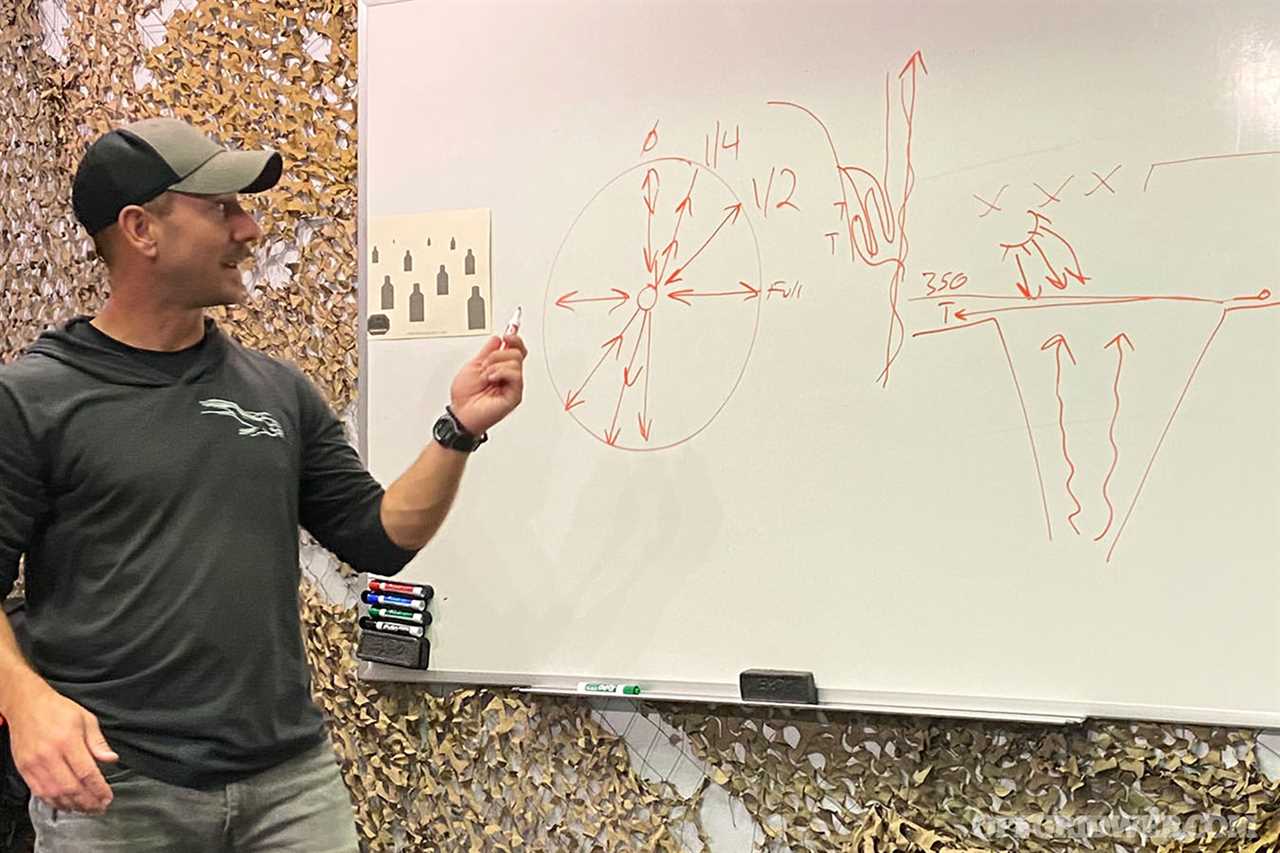
Above: Stilson explained that wind value (depicted via a clock diagram) and terrain features can dramatically affect a bullet’s trajectory. For example, hot air rising out of canyons can push bullets upward, while cooler air over the surface of a lake can cause bullets to drop.
Instructor Glen Stilson began by explaining the two angular measurement systems — MOA (minute of angle) and MIL (milliradians) — as well as how to convert between the two. Optics with mismatched MIL reticle markings and MOA adjustments should be avoided, since conversions in the field will be a pain. Next, we discussed the four key factors for external ballistics: temperature, elevation, relative humidity, and barometric pressure. All four elements combine to produce a value known as density altitude (DA) — you can search online for the formula or use a ballistic calculator phone app such as GeoBallistics. It’s essential to compare the DA when you zeroed your rifle to current DA, because large differences can noticeably affect point of impact. Stilson recommends creating a few ballistic charts in 1,500-foot increments spanning your local DA, such as 0-1,500, 1,500-3,000, and so on. These DOPE (aka Data on Personal Equipment/Previous Engagements) charts should be “trued” with experience and updated constantly, noting DA every time.
Wind is another critical factor to note. There are “three winds” to consider. The first is easily measured at point of origin with a handheld meter. The second is in the middle of the bullet’s trajectory, difficult to observe and heavily affected by terrain (e.g. canyons or lakes). The third is at the target, relatively easy to observe through your optic but more impactful since the bullet is traveling slower. Wind direction is factored in using a wind drift value system — a 90-degree crosswind is full value (e.g. 10 mph), while a shallower-angle wind might be treated as half (5 mph) or quarter (2.5 mph) value. Since wind changes rapidly, use an off-center hold rather than dialing in adjustments with the turrets. Remember that the wind you measure may not be the same all the way to the target; look carefully for signs of wind further out, such as disturbances in mirage patterns.
Tips for Picking the Right Rifle Optic
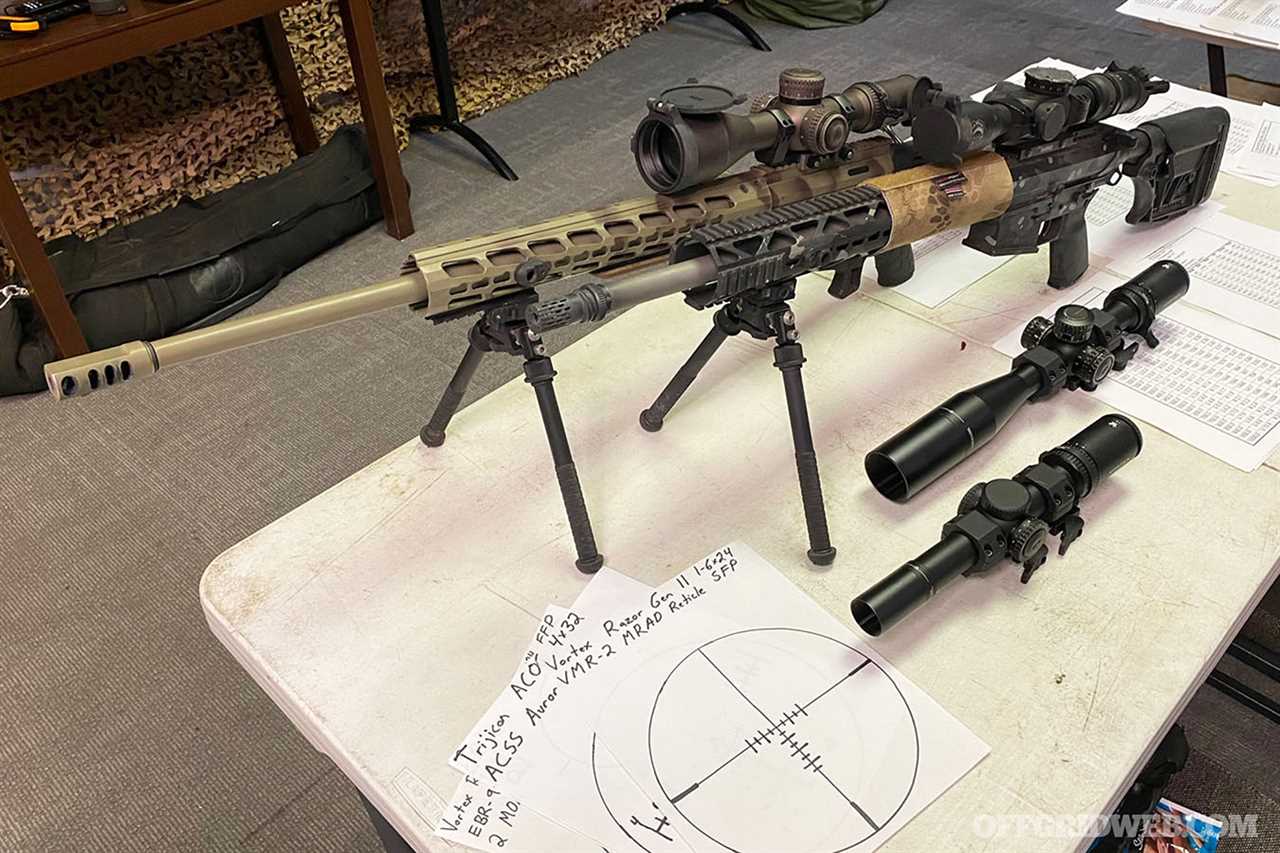
Finally, we discussed optic choice. Stilson recommends something that covers the 8x-12x sweet spot, with a high-quality mount, durable lens caps, and a quick-adjust lever for magnification. Every reticle is made for a specific purpose, so do your research before buying. Second focal plane (SFP) optics with simple reticles work well for closer-range use — remember that SFP reticle marks are only accurate at a predetermined magnification setting — but precision at long range is easier with a first focal plane (FFP) optic and more detailed “Christmas tree” reticle.
Precision shooting is an undeniably challenging subject with lots of math, measurements, and patience involved. Thankfully, I enjoy a challenge, so I’m looking forward to putting some of this knowledge into practice at a live-fire class in the future. For more information on future classes with Independence Training, go to independencetraining.com.
Related Posts
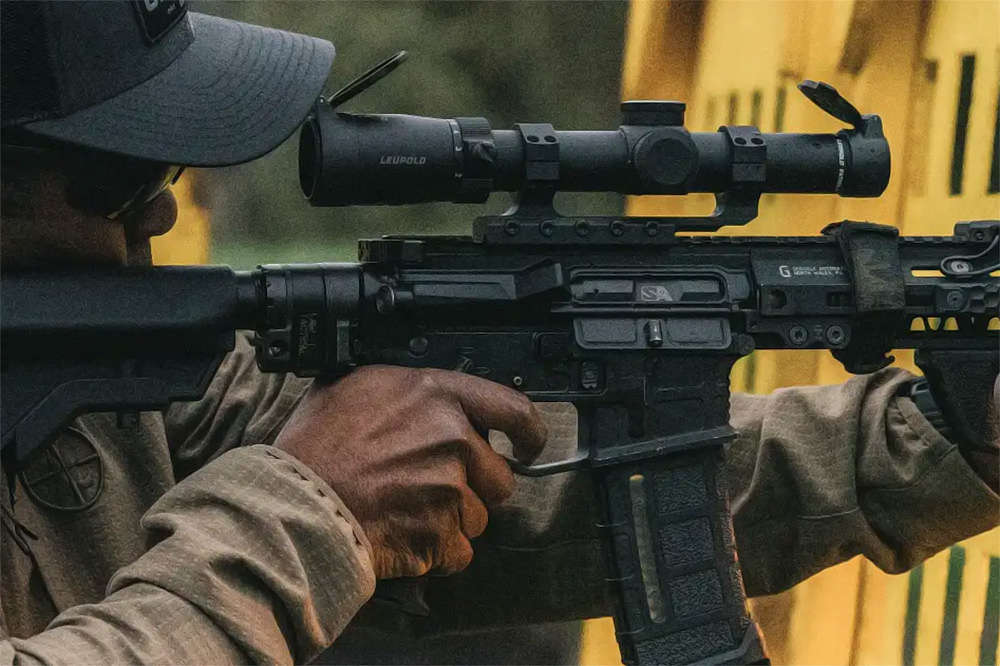
New: Leupold Patrol 6HD 1-6x24mm LPVOThe Patrol 6HD offers 1-6x magnification, High-Definition glass, two illuminated reticle options, and a motion sensor to save battery life.
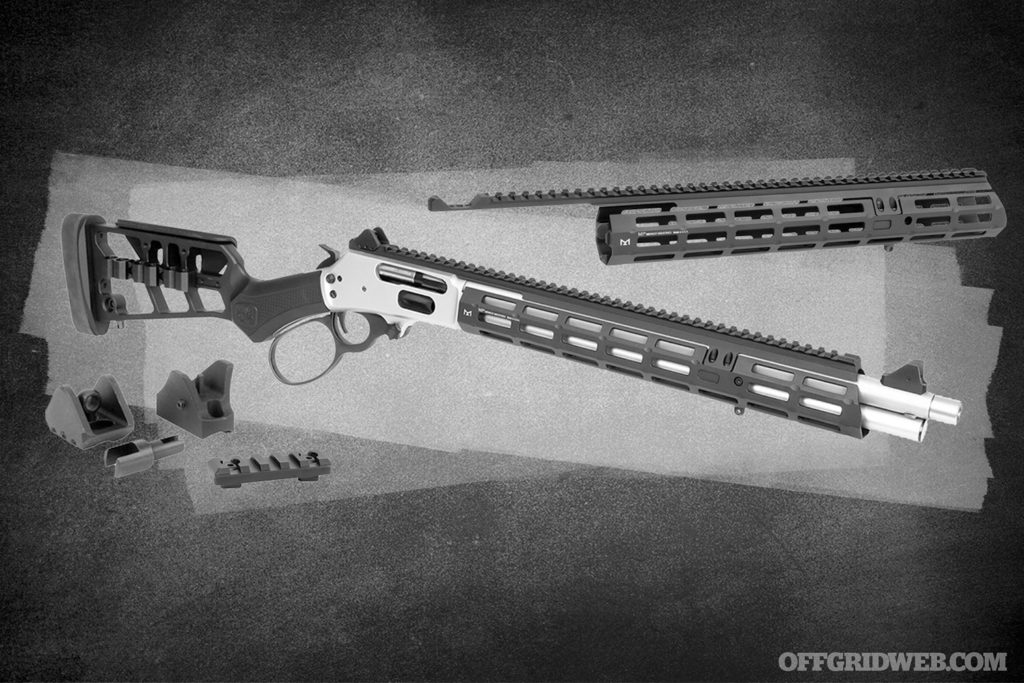
New: Midwest Industries Marlin 1895 Handguard & Extended Sight SystemThe Midwest Industries Extended Sight System for Marlin 1895 rifles adds an M-LOK handguard, full-length top rail, and ghost ring sights.
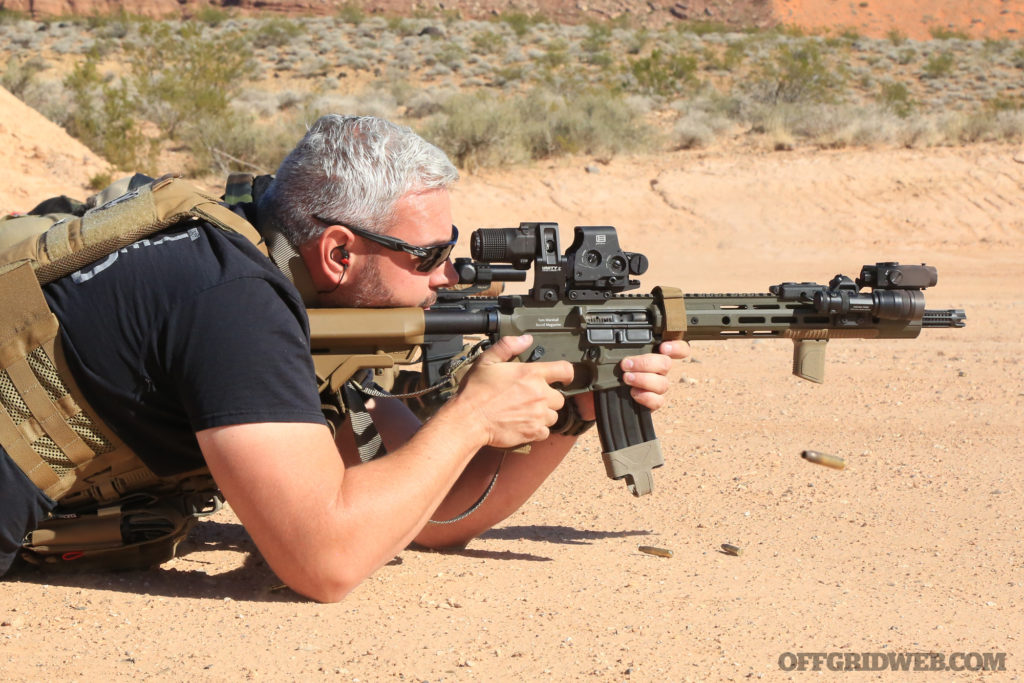
Tailor-Made ARs: Choosing the Best AR-15 ModsIs there a combination of the best AR-15 mods, accessories, and technologies that can be condensed into a single do-all survival rifle? We set out to accomplish just that.
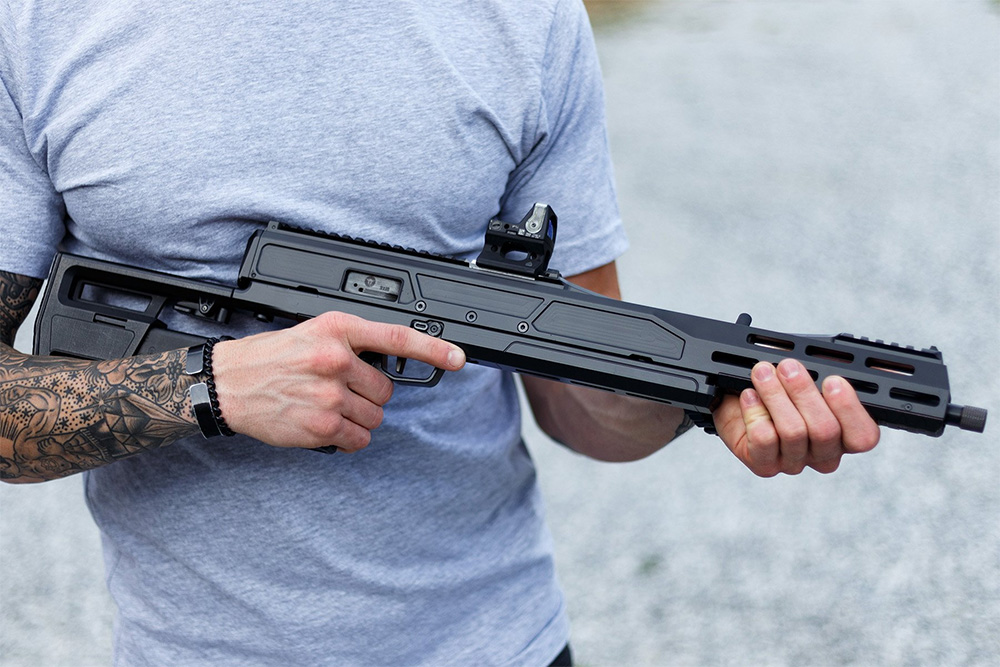
First Look: Trailblazer Pivot 9mm RifleAt SHOT Show 2022, we ventured into the basement in search of hidden gems. If you've ever attended the show in Las Vegas, you'll know that this level of the convention center is typically […]
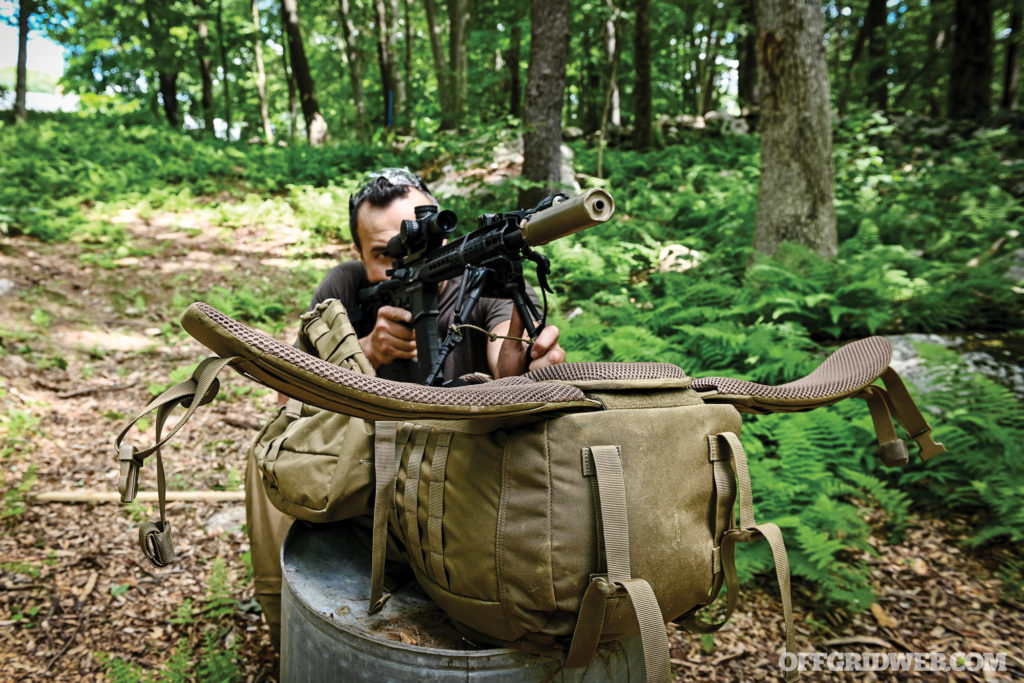
Bag Loadout: 5.11 Tactical RUSH100 AR-15 BackpackThe 5.11 Tactical RUSH100 backpack and this scoped AR-15 rifle are perfectly paired for the “if I can only grab one” disaster scenario.
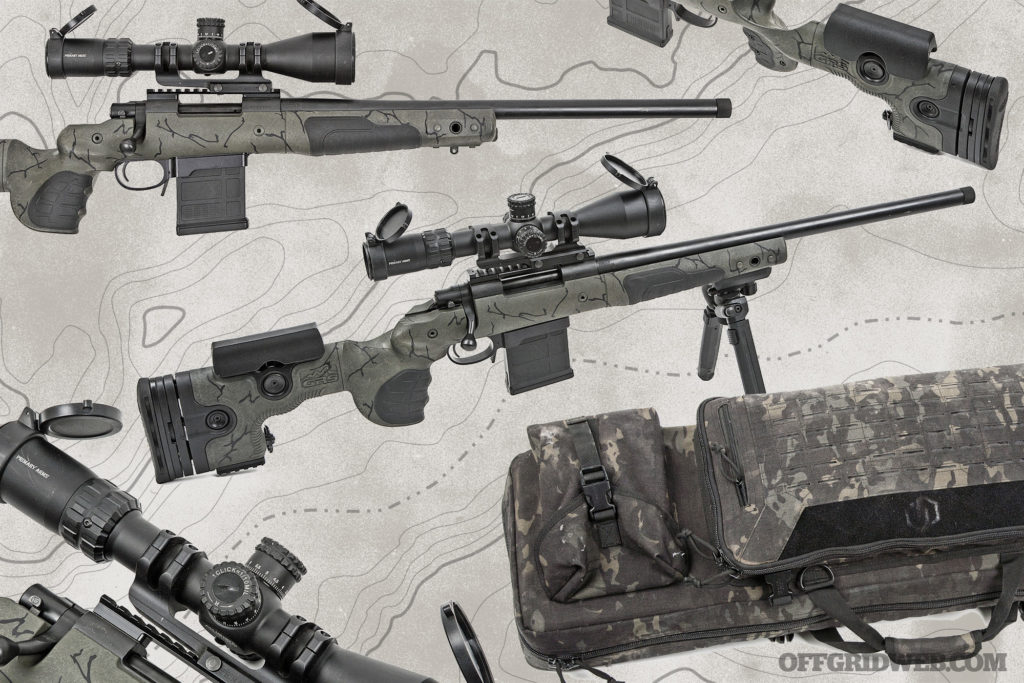
Budget Bolt Action Rifle: Pennies and MILsWe’ve reviewed precision rifle setups costing north of $15,000, so we wanted to see the performance we could get from a budget bolt action rifle.
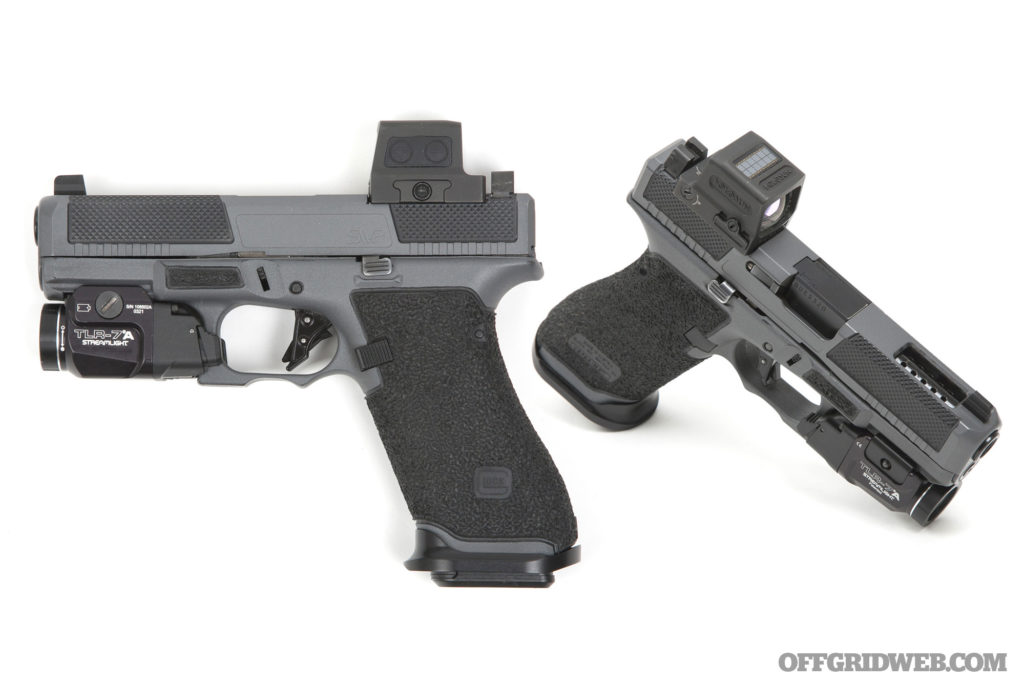
Optimized: Glock 45 9mm Carry Pistol ProjectWhen we decided to hot-rod this Glock 45, our goal was a 9mm carry pistol that was clearly custom but remained tasteful.
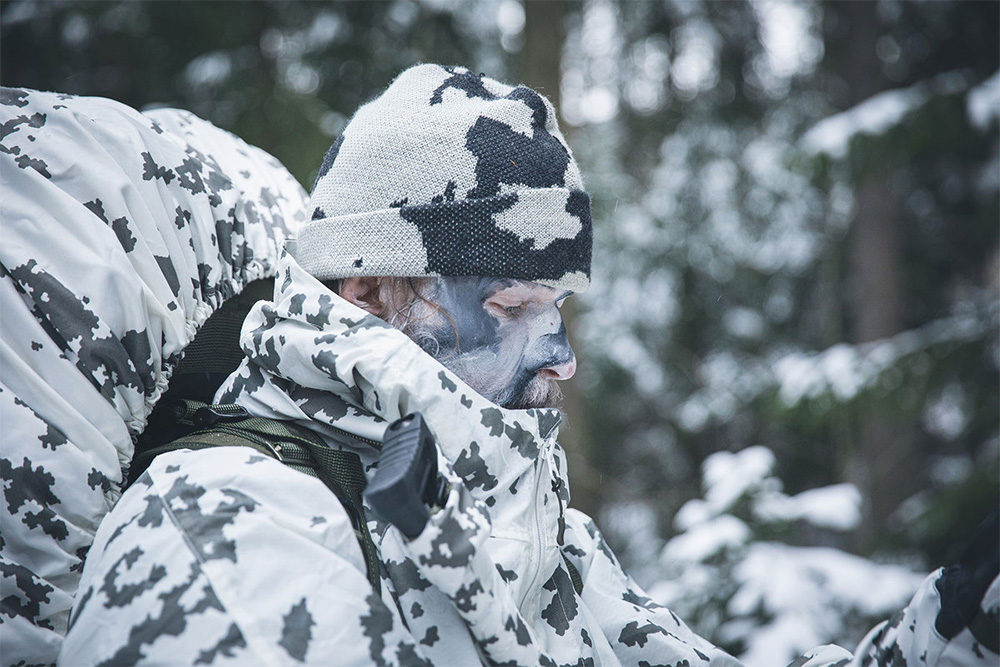
Snow Camouflage Tips from Cold-Weather ExpertsThe team at Varusteleka are perfectly comfortable hiking and shooting in extreme cold. Read on as we share some of their snow camouflage tips.
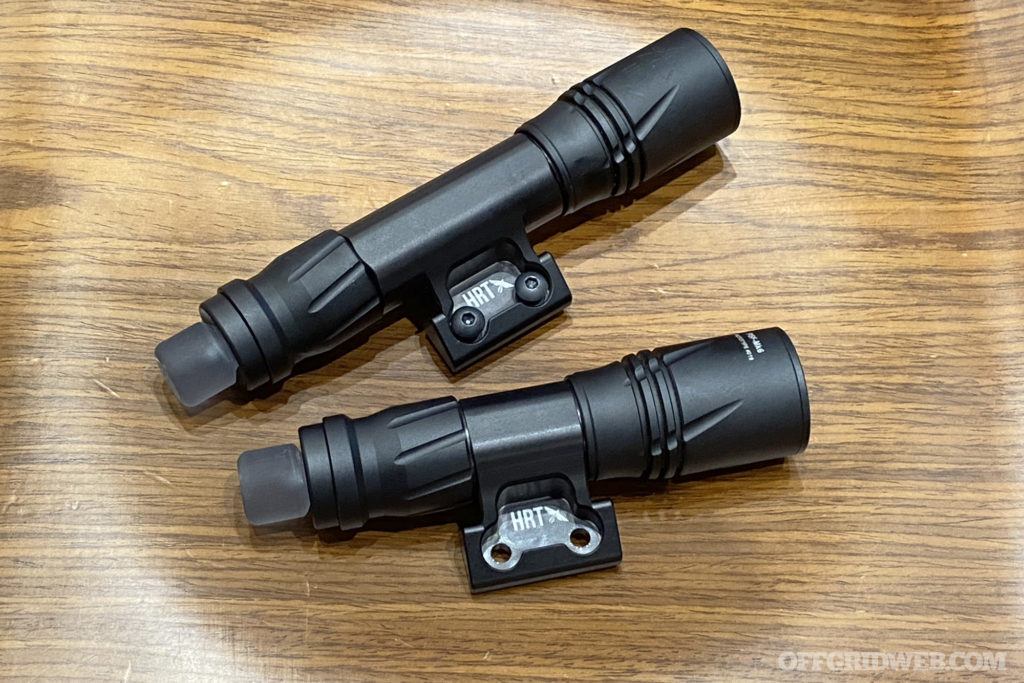
First Look: Valhalla Tactical ODA Weapon Light SwitchAt SHOT Show 2022, we checked out the new Valhalla Tactical ODA weapon light switch. Think of it as a joystick control for your flashlight.
The post Independence Training External Ballistics & Rifle Optics Class Review appeared first on RECOIL OFFGRID.
By: Patrick McCarthy
Title: Independence Training External Ballistics & Rifle Optics Class Review
Sourced From: www.offgridweb.com/preparation/independence-training-external-ballistics-rifle-optics-class-review/
Published Date: Sat, 09 Apr 2022 11:00:35 +0000
-------------------------------------------------------------------------
Did you miss our previous article...
https://outdoorsnewswire.com/survivalist/how-to-build-a-network-of-survival-caches
 CampingSurvivalistHuntingFishingExploringHikingPrivacy PolicyTerms And Conditions
CampingSurvivalistHuntingFishingExploringHikingPrivacy PolicyTerms And Conditions
